Een lijst van astronomische datacentra, waar alle wetenschappelijke gegevens van diverse missies en observatoria online te vinden zijn.
| Missie + link | Informatie (Engels en Nederlandstalig) | |
|---|---|---|
| Apollo-fotoarchief | The Apollo Image Atlas is a comprehensive collection of Apollo-Saturn mission photography. Included are almost 25,000 lunar images, both from orbit and from the moon''s surface, as well as photographs of the earth, astronauts and mission hardware. |  |
| APPLAUSE | Archives of Photographic PLates for Astronomical USE. There are about 85000 plates in the archives of Hamburger Sternwarte, Dr. Karl Remeis-Sternwarte Bamberg, and Leibniz-Institut für Astrophysik Potsdam (AIP). The plates are digitized with high-resolution flatbed scanners. In addition, the corresponding plate envelopes and observation logbooks are digitized, and further metadata are entered into the database. | 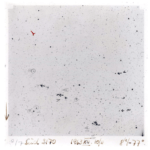 |
| ATLAS | Alle resultaten van de ATLAS detector van de Large Hadron Collider (LHC) van CERN bij Genève. | 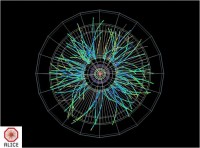 |
| Cassini | Catalogus van de Cassini-Huygens missie bij Saturnus (2004 - 2017) | 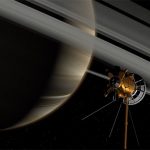 |
| ESO | Gegevens van talrijke ESO-observatoria, zoals de Very Large Telescopes (VLT), en van programma''s zoals GOODS en NACOS | 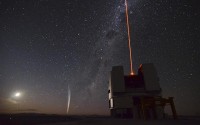 |
| The DECam Legacy Survey | The Legacy Survey is producing an inference model catalog of the sky from a set of optical and infrared imaging data, comprising 14,000 deg² of extragalactic sky visible from the northern hemisphere in three optical bands (g,r,z) and four infrared bands. The sky coverage is approximately bounded by -18° 18° in Galactic coordinates. The DECam Legacy Survey is providing these data in the equatorial region at δ | 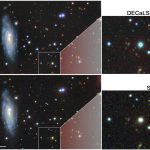 |
| Fermi | This is the portal to the Fermi data and the software to analyze them. Before the data or software are released, they are described here. Data Access - the Fermi science data Data Analysis - the software to analyze Fermi data Data Policy - a summary of the policies governing the release of Fermi science data. | 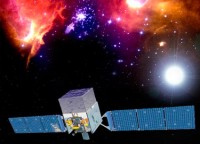 |
| Gaia | Gaia Catalogue. On this webpage, the target release scenario is presented, based on the current status of processing. Photometric science alerts are already being issued and the plan is to release new asteroid notifications in the not too distant future. In general, individual epoch observations and transits will be released only with the final catalogue. However, when variable star solutions, etc. are released, relevant subsets of epoch data may also be released. Additionally, where the release of epoch data is of immediate scientific interest, such release will be made on an individual source-by-source basis through the science alerts. After production of the catalogue for release, a validation exercise will be executed. The final, detailed release contents will be decided on only after completion of the validation work. | 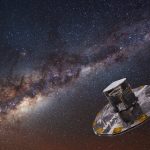 |
| Galaxy Zoo | The original Galaxy Zoo project ran from July 2007 until February 2009. It was replaced by Galaxy Zoo 2, Galaxy Zoo: Hubble, and Galaxy Zoo: CANDELS. In the original Galaxy Zoo project, volunteers classified images of Sloan Digital Sky Survey galaxies as belonging to one of six categories - elliptical, clockwise spiral, anticlockwise spiral, edge-on , star/don''t know, or merger. This webpage allows anyone to download the resulting GZ classifications of nearly 900,000 galaxies in the project. | 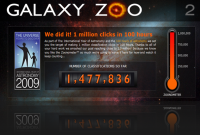 |
| Gemini | Alle gegevens van het Gemini Observatorium op Hawaï | 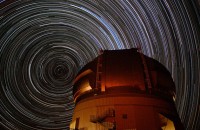 |
| Herschel | Herschel data products systematically generated by the Herschel Data Processing pipeline are made available to the users through the Herschel Science Archive (HSA) immediately after the pipeline processing is completed, typically 1-2 days after an observation has been executed. Following the completion of some basic quality control checks, something which may take from a few additional days to weeks, depending on the circumstances, notification e-mails are sent to the data owners that can then be informed about any quality issue affecting their observations. | 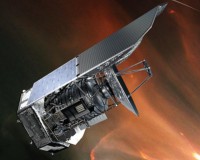 |
| Hubble | MAST is the primary archive and distribution center for HST data, distributing science, calibration, and engineering data to HST users and the astronomical community at large. Over 100 000 observations of more than 20 000 targets are available for retrieval from the Archive. | 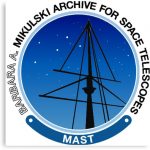 |
| IceCube | IceCube is committed to the goal of releasing data to the scientific community. The following links contain data sets produced by AMANDA/IceCube researchers along with a basic description | 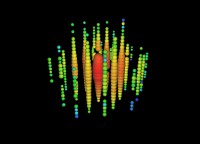 |
| Keck | Funded by NASA, the Keck Observatory Archive (KOA) is a joint development between the W. M. Keck Observatory (WMKO) located in Waimea, Hawaii and the NASA Exoplanet Science Institute (NExScI) located in Pasadena, California. Currently, KOA archives data taken with HIRES, NIRSPEC, NIRC2, LRIS, KI (Keck Interferometer), MOSFIRE, DEIMOS, and ESI. | 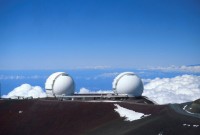 |
| Kepler | Gegevens van planetenjager Kepler | 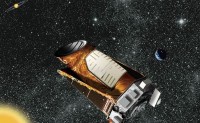 |
| LAMBDA | Alle gegevens over de kosmische microgolf-achtergrondstraling, verzameld door de sondes WMAP en Planck. | 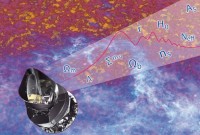 |
| LRO | Alle gegevens van de Lunar Reconnaissance Orbiter | 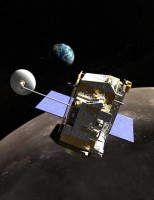 |
| MAST | The Mikulski Archive for Space Telescopes (MAST) is a NASA funded project to support and provide to the astronomical community a variety of astronomical data archives, with the primary focus on scientifically related data sets in the optical, ultraviolet, and near-infrared parts of the spectrum. MAST is located at the Space Telescope Science Institute (STScI). |  |
| MRO | Alle gegevens van de Mars Reconnaissance Orbiter, inclusief foto's van de HiRISE camera | 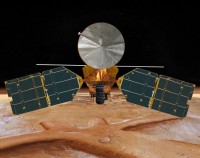 |
| MSL Curiosity | De ruwe foto's van het Mars Science Laboratory Curiosity | 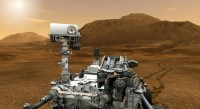 |
| NASA/IPAC Extragalactic Database | The NASA/IPAC Extragalactic Database (NED), an online repository containing information on over 100 million galaxies. NED brings together a wealth of data from many different projects, including ultraviolet light observations from the Galaxy Evolution Explorer, visible light from Sloan Digital Sky Survey, infrared light from the Two Micron All-Sky Survey, and links to data from other missions such as Spitzer and the Wide-field Infrared Survey Explorer, or WISE | 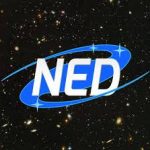 |
| Planck Legacy Archive | The European Space Agency's Planck space telescope, dedicated to studying the early Universe and its subsequent evolution, was launched on May 14th, 2009 and scanned the microwave and submillimetre sky continuously for more than four years between Aug. 12th, 2009 and Oct. 3rd, 2013. \nThe Planck Legacy Archive provides online access to all official data products generated by the Planck mission. | 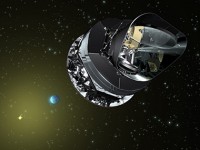 |
| SDO | A searchable database of all Solar Dynamics Observatory data including EUV, magnetograms, visible light and X-ray. | 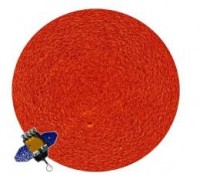 |
| SDSS | Data Release 7 van de Sloan Digital Sky Survey. | 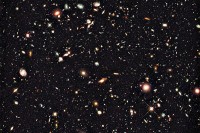 |